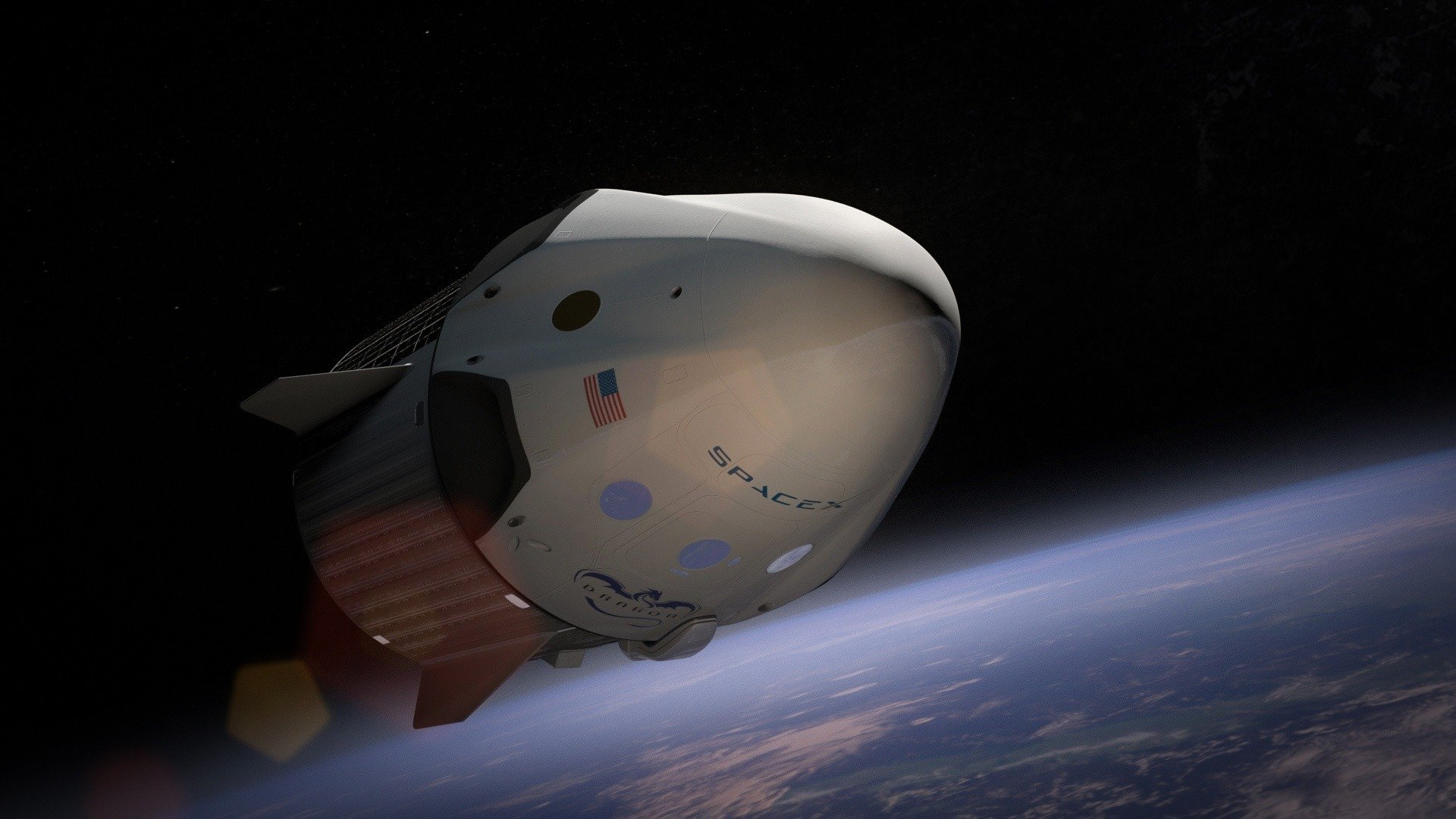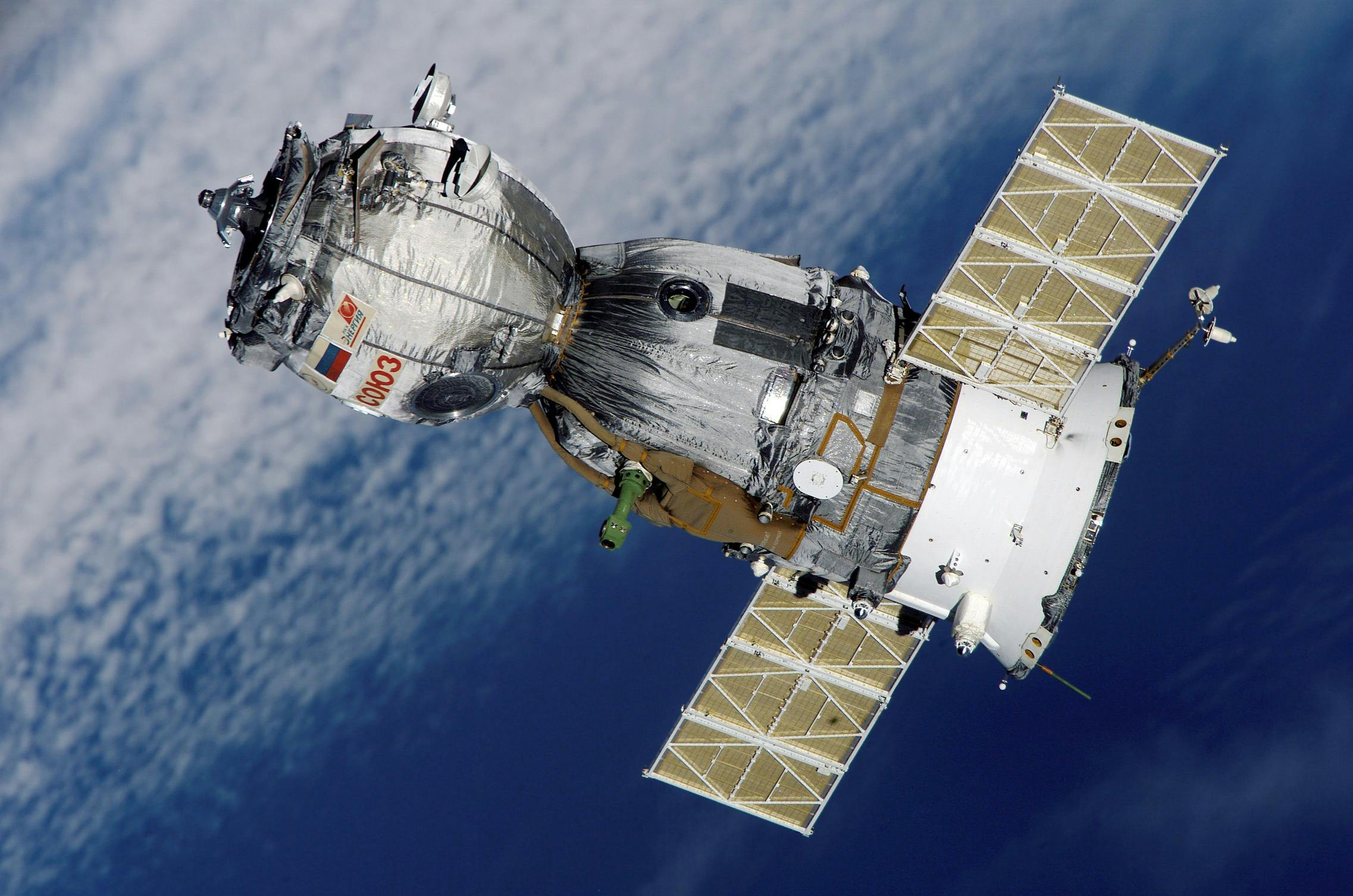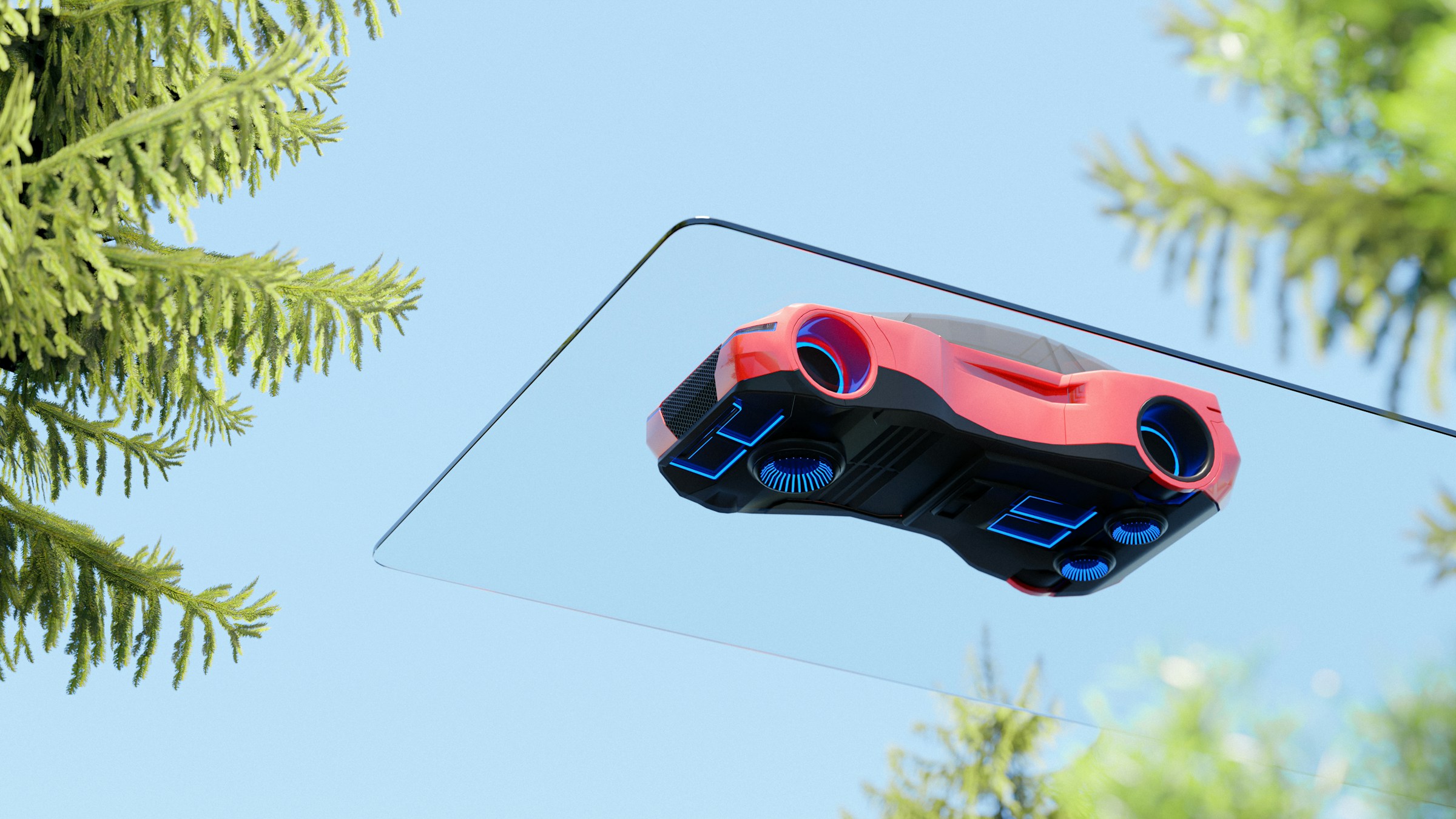When the world thinks of space, it imagines pristine emptiness — a vast, untouched frontier. The reality is far messier. Low Earth orbit (LEO) is quickly becoming one of the most crowded and polluted places in the solar system. More than 9,000 active satellites currently circle the planet, accompanied by millions of fragments — from defunct spacecraft to paint chips — all traveling at speeds up to 28,000 kilometers per hour.
This growing cloud of orbital debris, often called space junk, poses a serious risk to satellites, astronauts, and even our ability to use space for commerce, communication, and exploration. Without decisive action, the consequences could be catastrophic for the global economy.
The Scale of the Problem
According to the European Space Agency (ESA), there are over 36,500 objects larger than 10 cm currently being tracked in orbit, alongside an estimated 130 million smaller fragments that are too small to track but still capable of damaging spacecraft.
Even a bolt the size of a marble can punch a hole through a satellite’s solar panel, disable communications, or endanger astronauts aboard the International Space Station (ISS). The danger comes not just from the number of objects, but from their velocity — a collision at orbital speeds releases energy equivalent to an explosion.
The Kessler Syndrome, a concept introduced by NASA scientist Donald Kessler in 1978, warns that debris collisions can create a cascading effect: one collision generates more debris, which in turn increases the likelihood of further collisions. If left unchecked, LEO could become so hazardous that future missions — commercial, scientific, or military — would be impossible.
The Stakes for the Space Economy
The stakes couldn’t be higher. Space-based assets are now essential to daily life on Earth. Satellites enable GPS navigation, weather forecasting, financial transactions, remote sensing for agriculture, and even cybersecurity.
Morgan Stanley estimates the global space economy could reach $1 trillion by 2040 — but that growth depends on a safe and accessible orbital environment. A significant debris incident could cripple the satellite networks we depend on, disrupt global internet access, and cost billions in damages.
Imagine a scenario where a collision takes out a cluster of communications satellites, knocking out broadband for millions of rural users or disrupting supply chain tracking for multinational corporations. The ripple effect would be felt far beyond the space industry.
What’s Causing the Debris Surge?
The surge in space activity is driven by the miniaturization of technology, falling launch costs, and the rise of mega-constellations. Companies like SpaceX, OneWeb, and Amazon are deploying thousands of small satellites for global internet coverage.
While these networks promise enormous benefits, they also multiply the number of objects in orbit — increasing collision risks exponentially. Adding to the problem are old satellites that remain in orbit long after their operational life, upper-stage rocket bodies abandoned after launches, and fragments from past collisions or anti-satellite weapon tests.
The 2009 collision between the defunct Russian satellite Cosmos 2251 and the active Iridium 33 communications satellite alone generated more than 2,000 trackable pieces of debris. In 2021, a Russian anti-satellite test created at least 1,500 pieces of trackable debris and forced the ISS crew to take shelter.
The Technological Race to Clean Up Orbit
Cleaning up space is one of the most complex engineering challenges humanity has faced. Objects are moving at extreme speeds, spread across vast distances, and difficult to detect when they’re small. But a wave of innovation is offering hope.
- Debris-Capturing Satellites – Companies like Astroscale are developing spacecraft that can rendezvous with defunct satellites, latch on using magnets or robotic arms, and guide them into controlled re-entry paths where they burn up in the atmosphere."
- Harpoons and Nets – The European Space Agency’s RemoveDEBRIS mission tested nets and harpoons to capture debris. Nets can entangle large pieces, while harpoons can pierce and reel in abandoned objects.
- Laser-Based Solutions – Ground-based lasers could nudge small debris out of orbit by imparting a tiny force, causing them to re-enter the atmosphere sooner.
- Electrodynamic Tethers – Long, conductive tethers attached to satellites could generate drag, helping de-orbit them more quickly once they’re no longer needed.
- On-Orbit Servicing – Rather than deorbiting satellites, companies are developing refueling and repair services to extend operational life, reducing the need to replace them.
The Policy Challenge
Technology alone won’t solve the debris problem — it’s also a policy and governance issue. Currently, no global enforcement mechanism exists to compel satellite operators to remove their hardware after use. International agreements like the Outer Space Treaty of 1967 established broad principles, but they didn’t anticipate the modern satellite economy.
Some countries have introduced national regulations requiring deorbiting within a set number of years after a satellite’s mission ends. In 2022, the U.S. Federal Communications Commission (FCC) implemented a five-year deorbit rule for satellites in low Earth orbit. Yet compliance remains inconsistent globally, and without enforcement, rules can be ignored.
The Economics of Debris Removal
A key barrier is cost. De-orbiting satellites or capturing debris is expensive and offers little immediate financial return. The companies best equipped to do it are often not the ones responsible for creating the debris in the first place.
This creates a tragedy of the commons scenario: everyone benefits from a clean orbital environment, but no one wants to pay for it. One potential solution is a “polluter pays” model, where satellite operators contribute to a debris cleanup fund proportional to the risk their satellites pose.
Private Sector Leadership
Despite the economic hurdles, private companies are stepping up. Astroscale (Japan) and ClearSpace (Europe) are pioneering debris removal missions, backed by government contracts and private investment. SpaceX has integrated deorbit plans into Starlink satellite design, with satellites equipped to burn up in the atmosphere within five years of mission end.
Meanwhile, data analytics companies are developing AI-powered tracking systems to predict potential collisions more accurately, giving operators a chance to maneuver satellites out of harm’s way.
Global Collaboration Is Essential
No single country or company owns space, and debris knows no borders. Addressing this crisis requires international cooperation on a scale comparable to climate change initiatives.
Proposals include:
- Establishing an orbital traffic management system, similar to air traffic control, to coordinate satellite movement and avoid collisions.
- Creating binding international agreements that enforce post-mission disposal and debris mitigation standards.
- Sharing tracking data openly to improve collision predictions and debris removal planning.
Why This Moment Matters
The window for action is narrowing. Every year of delay increases the debris population, raising collision risks and cleanup costs. If the Kessler Syndrome takes hold, it could render parts of LEO unusable for decades — stalling not just exploration, but also the digital infrastructure Earth now depends on.
In the 20th century, we polluted the oceans and atmosphere before realizing the cost. In the 21st, we have a chance to avoid making the same mistake in space. The challenge is urgent, the technology is emerging, and the political will is building — but success will depend on aligning incentives across governments, industry, and international bodies.
The Final Frontier of Responsibility
The space debris crisis is not just an engineering problem — it’s a test of global stewardship. Humanity’s expansion into space is inevitable, but whether it’s sustainable will depend on decisions we make today.
The story of the next decade in space will not just be about exploration, colonization, or trillion-dollar industries. It will also be about cleaning up after ourselves, proving that we can learn from our mistakes on Earth before carrying them into the stars.
Because if we can’t keep low Earth orbit safe, the dream of reaching further into the cosmos may remain just that — a dream.







